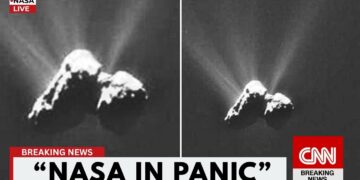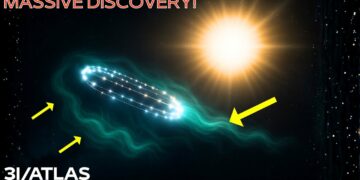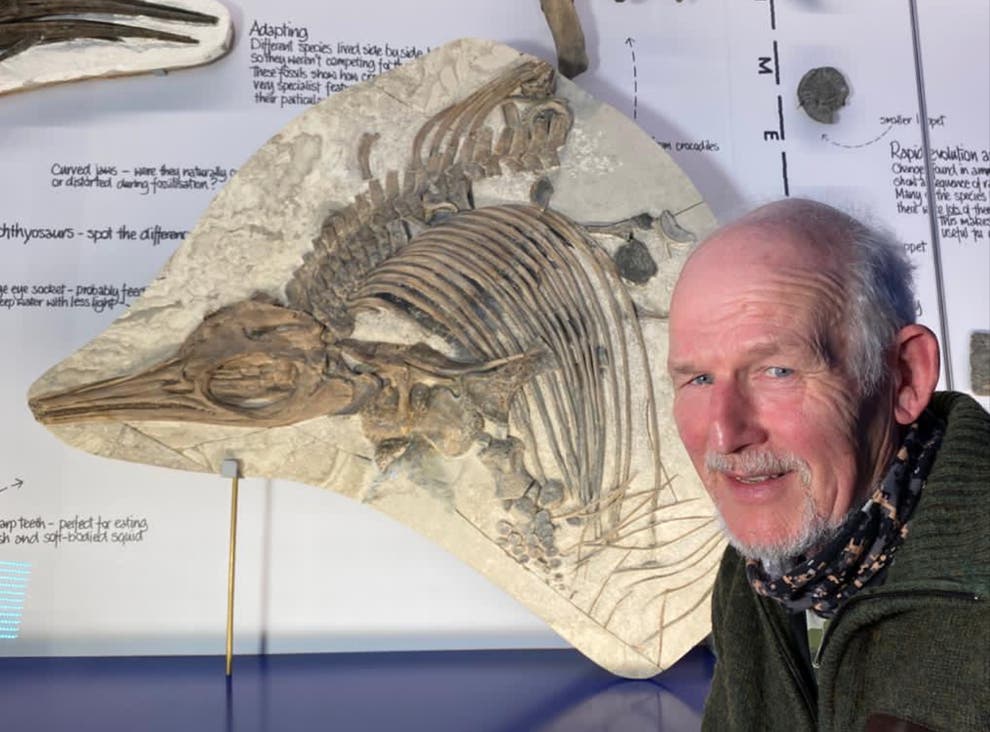Oumuamua in 2017 shattered our illusion of a quiet solar system, but now the James Webb Space Telescope has spotted something even more unsettling: Threeey Atlas. Unlike any comet, this massive, fast-moving object follows a precise, unnatural path through our solar system, mimicking a comet’s appearance while emitting structured radiation patterns and behaving like a probe. Its trajectory, defying randomness, targets close passes by Earth, Mars, and Jupiter, with a chilling precision that suggests surveillance. Moving at over 130,000 mph, it’s only the third known interstellar object, yet its calculated maneuvers—evading Earth-based detection by hiding behind the sun—raise alarms. Infrared scans reveal rhythmic radiation pulses, geometric surfaces, and thermal patterns inconsistent with natural bodies, hinting at artificial design.
First detected by the Vera C. Rubin Observatory, Threeey Atlas was initially mistaken for a long-period comet from the Oort Cloud. But its deliberate path, slicing through the inner solar system, and its odds-defying trajectory (less than 0.01% chance of being natural) suggest intent. NASA’s internal memos now use terms like “artificial” and “surveillance,” echoing theories about Oumuamua, which Harvard’s Avi Loeb called possible alien technology. Threeey Atlas, seven times larger, seems smarter, slowing near high-radiation zones and adjusting its course in ways no comet should. Some whisper it’s a “Watcher,” a sentinel monitoring our system, perhaps listening to our signals.
A brief, narrowband signal from Atlas, detected by the Deep Space Network, resembled early Earth radar, repeating three times before vanishing—like a test. The object’s infrared scans show angular shadows and a thermal corridor, suggesting engineered structures or propulsion. Then, a course correction brought it closer to Earth, requiring an unexplained change in velocity. A second object, Echo 9, trailing Atlas, mirrors its behavior, hinting at a coordinated network. Disturbingly, Atlas’s deceleration follows a Fibonacci pattern, and ancient ice core data suggests it—or something like it—may have visited millennia ago.
NASA’s “shadow protocol” has been activated, restricting telescope access and preparing for a potential encounter. Leaked reports describe a blackout in Webb’s data near Atlas, preceded by an energy burst, as if the object interfered with the telescope. SETI’s silence and redirected resources fuel speculation. As Atlas nears Earth, its light reflections carry a waveform code, responding to our signals like an echo of our own transmissions. Philosophers and governments now grapple with the implications: if Atlas is an intelligent probe, it could redefine humanity’s place in the cosmos. It’s not just an object—it’s a message, one we may not be ready to answer.























